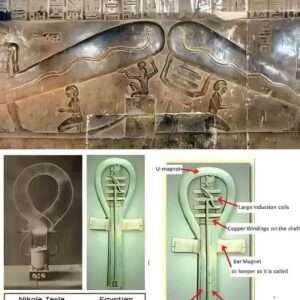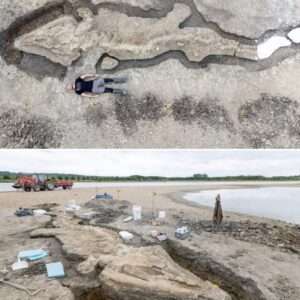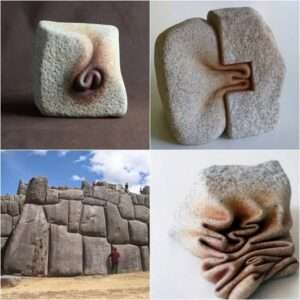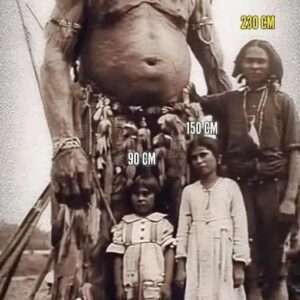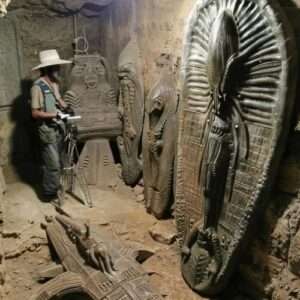The Gebelein Man, known as “Ginger” for his distinctive red hair, stands out as one of the most renowned pre-dynastic mummies originating from ancient Egypt. Unearthed in Gebelein, located in Upper Egypt, during the late 19th century, this significant archaeological find traces back an impressive 5,000 years to the Predynastic Period of Egypt, a time predating the centralized rule of the pharaohs.
The naturally occurring mummification process, facilitated by the scorching desert sands, has left Ginger’s physical form astonishingly well-preserved, showcasing intact skin, hair, and even revealing telltale signs of a fatal wound from a stabbing on his back.

The discovery of Ginger, the Gebelein Man, offers a valuable window into the burial customs, prevailing health conditions, and quotidian existence of ancient Egyptians before the emergence of their advanced civilization. By examining the remains of this prehistoric mummy, researchers and historians can glean insights that shed light on the early practices and beliefs of this ancient society.
Through meticulous examination and scientific analysis, experts have been able to unravel certain aspects of Ginger’s life and death. The presence of a fatal stab wound on his back hints at a violent end, providing a snapshot of the potential dangers and conflicts faced by individuals during that era. Furthermore, the intricate details preserved in Ginger’s mummified state, such as his reddish hair, give us a glimpse into the physical attributes and diversity of the ancient Egyptian population.
The significance of the Gebelein Man extends beyond mere curiosity or fascination with the past; it serves as a tangible link to our shared human history, offering a tangible connection to the lives led by our ancient predecessors. By studying mummies like Ginger, researchers can piece together the puzzle of Egypt’s early civilizations, uncovering clues that help us construct a more comprehensive narrative of our collective heritage.
In conclusion, the story of the Gebelein Man, fondly known as Ginger, resonates with us not just as a fascinating relic of the past, but as a poignant reminder of our enduring quest to understand where we come from and how our ancestors once lived. This remarkable mummy continues to captivate and educate us, bridging the gap between ancient times and the modern world, as we strive to unravel the mysteries of our shared human journey.
